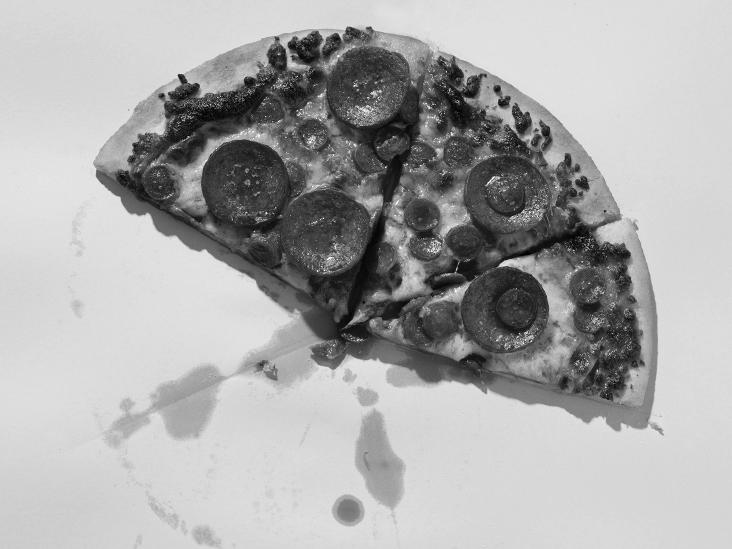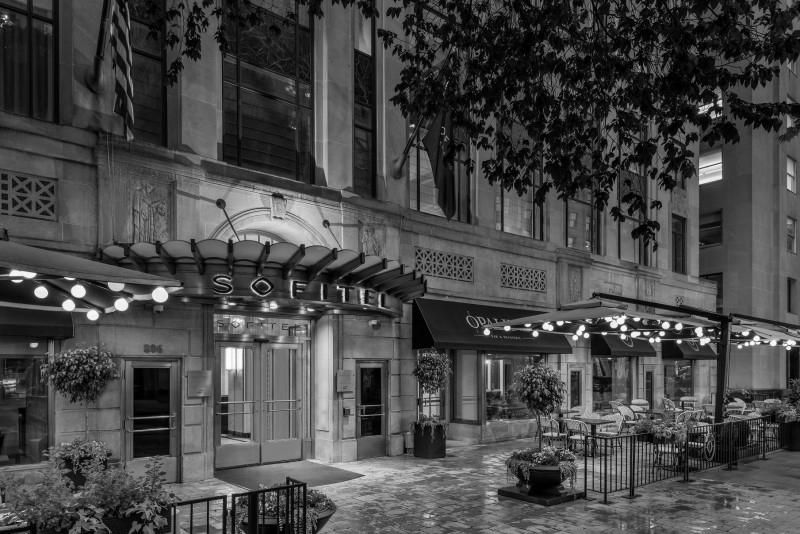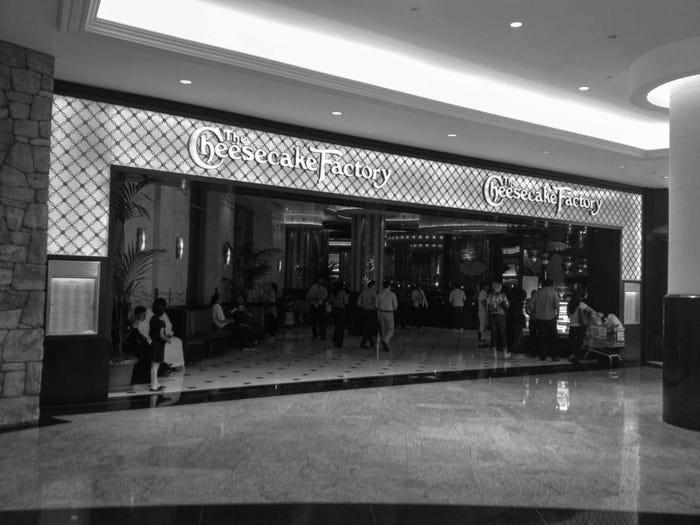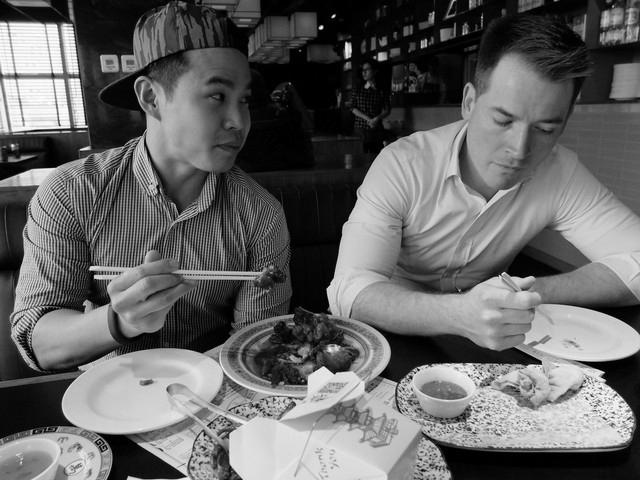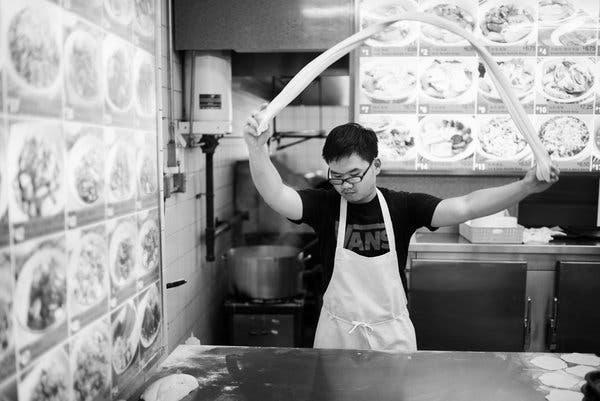The Chinese food scene in London is thriving. While Chinatown remains the main focus, Holborn has new options, a neighborhood popular with Chinese students studying at UCL, LSE, and SOAS. Aside from the more famous Master Wei Xi’an, other great choices include Happy Lamb and Shu Xiang. Din Tai Fung also boasts some of the best xiao long bao in the city.
Xu’s small, private kitchen-style restaurant
Chef David Xu has a unique approach to Chinese cooking. He focuses on ingredients, concepts, and the essence of the dishes he creates. This approach has allowed him to develop his interpretation of traditional Chinese cooking and inspired many other Chinese chefs in Hong Kong and beyond. Xu’s restaurant, named among Asia’s 50 Best Restaurants this year, is an exceptional example of a modern interpretation of traditional Chinese cuisine.
Located on Kaixuan road in Shanghai, Xu’s small, private kitchen-style restaurant features flexible social space for young people. It features a glass box as its centerpiece and is decorated with copper pots and pans.
The menu is composed mainly of Cantonese fare. It features shrimp har gow, a sleek black wrapper, sticky rice with lotus leaves, and pork riblets with black bean sauce. There are also four variations of congee. Steamed chicken feet are another dish worth ordering.
Jenny’s Kitchen
The restaurant business isn’t doing as well as it once did. Restaurant rents are rising, delivery apps are taking over, and tighter accounting and immigration regulations have made it even harder for cash-based businesses to stay in business. Many of the top restaurants in the United States are closing, not just in the food industry.
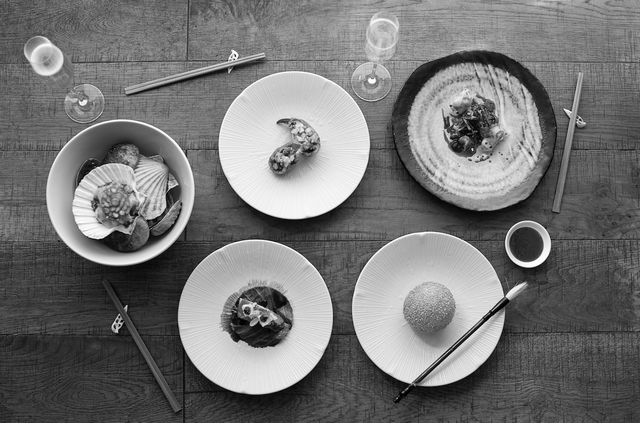
In many cases, it’s because people prefer local goods and services. This has been the case for many years with banks, but lately, this preference has changed. It also applies to bottled water. For instance, New Yorkers drink Poland Springs, Floridians drink Zephyrhills, and Texans drink Ozarka. Meanwhile, people in D.C. drink Deer Creek water from North Carolina. This local preference also applies to Chinese restaurants. Chain restaurants can’t compete with the taste of a local eatery.
Many people are also concerned about the price of Chinese food. The public equates authentic Chinese cuisine with low cost and can be highly-priced sensitive. As a result, many Chinese restaurants are unable to charge premium prices. This has led some observers to ask, «Why aren’t there more high-end Chinese restaurants?»
Chinatown’s popularity stems from its central location and high-quality food. With its growing population, it’s no surprise that Chinatown has been a significant hub for Chinese restaurants in London. Aside from Chinatown, the area around Holborn has become the second-most popular area for high-end Chinese cooking in central London. Popular Chinese restaurants include Master Wei Xi’an and Happy Lamb. And if you’re looking for xiaolongbao, Don’t miss Din Tai Fung.
Nom Wah
Nom Wah is an old-fashioned dim sum parlor dating to the 1920s. Diners can indulge in a drink menu that features tea, beer, and wine. This high-end restaurant is a favorite among celebrities and elites who want to enjoy a traditional Chinese meal.
The O.G. egg roll is one of Nom Wah’s specialties. This fried solid dumpling is made with homemade batter stuffed with chicken and mixed vegetables. It’s worth the price of admission alone. You may even be tempted to skip the line if you’re a repeat customer.

Tang was initially discouraged by his parents from pursuing a career in the restaurant business. However, he persevered and worked at several financial firms before opening Nom Wah in New York City. Tang promised that he would maintain the essence of Nom Wah while modernizing the restaurant. Although the new restaurant features a new menu and new chefs, it stays true to its traditional roots.
Nom Wah is known for its authentic dim sum and traditional Hong Kong food. The first official Dim Sum restaurant in the U.S., it is now a staple of Chinatown. Lam Zhou, meanwhile, offers delicious handmade dumplings and noodles for a low price. It has over 900 Yelp reviews and a small capacity of 20 seats.
Mandarin Gourmet
High-end Chinese restaurants have long been the stuff of legend, but the question is: Why aren’t more of them opening? There are many reasons for this, including classic Chinese food ages terribly. However, some restaurants seem to survive adversity, such as Shun Lee, which survived the 2008 financial crisis. Likewise, many classic Chinese restaurants have opened and closed in recent years. For example, Tommy Tom closed in 2008, and Mandarin closed in 2002.
General Tso’s chicken
If you’ve ever wanted to try the most popular dish in China, General Tso’s chicken is probably one of the top choices. It’s not just any chicken, though — the chicken in the container is infused with a special sauce. Several years ago, a New York Times writer praised the dish, giving it a four-star rating. The dish’s origins can be traced back to the 1940s when it was invented by Chef Peng, a member of the Nationalist Party. It was named after a famous general in Peng’s hometown: General Tso.
General Tso’s chicken is wildly popular in Chinese takeout restaurants in the United States and has become an international phenomenon. It’s the fourth most popular dish on GrubHub. It’s made with chicken that’s been deep-fried, then coated with sweet, spicy, and tangy sauces. It’s so popular that it’s often served in takeout boxes.

Peng created this dish during the Chinese civil war when he was the chef for the acting president of China. It was so popular that the word quickly spread throughout Taiwan and eventually reached New York. Because of the dish’s popularity, Peng adapted it to the American palate. The chicken has remained popular since then, inspiring chefs worldwide, including in China.
The dish is named after a 19th-century Hunanese general who helped create modern China. Peng Chang-Kuei invented the word; a Hunanese chef named the plate after the famous 19th-century Hunan general. The dish uses dark meat chicken tossed in a crispy batter of soy sauce, vinegar, hot chilies, sugar, and spices.
Undocumented workers
Many Chinese restaurants are employing undocumented workers. These employees are paid well below minimum wage and are often expected to work 12-hour shifts six days a week. In return, they are given free housing and food. Unfortunately, workers often live in roach-filled homes and sleep on cardboard in basements. As a result, these workers have little chance of getting a better job. Some are also forced to work off debts from slavery trades.
The employment agencies who exploit these workers make a hefty profit. At a third-floor office above a New York City restaurant, an unpainted white wall hides an office filled with middle-aged Chinese immigrants waiting to be hired. The owner, a heavyset woman, eats walnuts from a foam cup.
USICE has also been targeting Chinese restaurant employment agencies and their clients. The Obama administration is using immigration prosecutions as a scare tactic to deter employers. There have already been multiple cases of employers being charged for hiring illegal aliens. Several employers of Chinese restaurants have been accused of immigration and racketeering charges.
The case is a wake-up call to the American public. Employers must be aware of the risks to the safety of their employees and must protect themselves. Employment agencies and restaurant owners must work to prevent illegal workers from working in their restaurants. In some cases, employers are even criminally liable for hiring undocumented workers.


